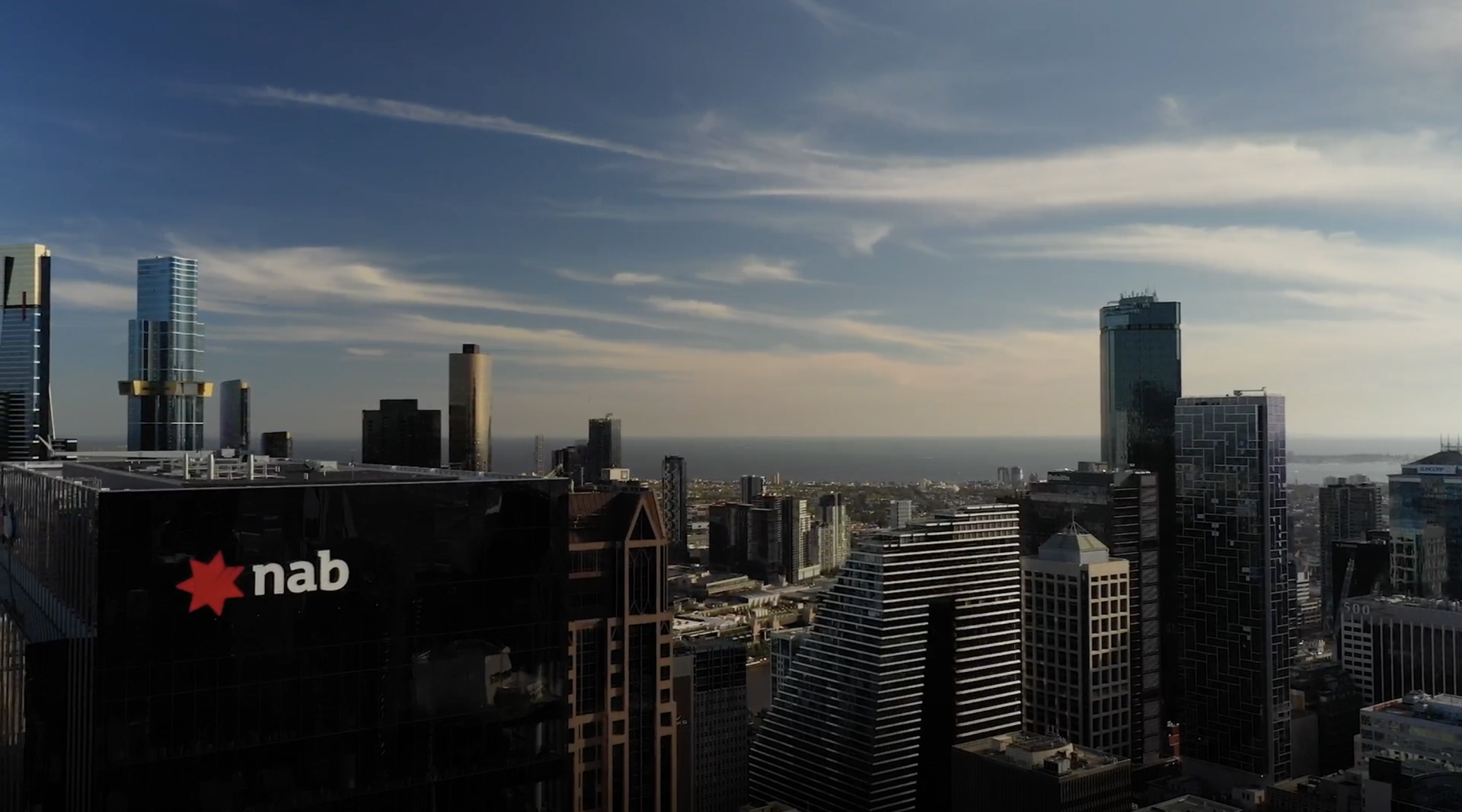Green and sustainable financing has grown rapidly in recent years but remains a small part of the overall market, with momentum likely to accelerate from planned reforms to climate-related disclosures and development of an overarching framework, according to the Reserve Bank.
The RBA said in its quarterly Bulletin that the growth in demand for bonds, loans, securitisations and ethical funds – all of them classed as green or sustainable – was strong despite “mixed” financial performance.
“This points to a possible change in investor preferences over and above traditional decisions regarding risk and returns – that is, investors may place a higher weight on responsible investments or take a broader view of the factors that might affect the long-term resilience of companies, including climate-related risk,” the central bank said.
Strong growth in the domestic market has mirrored the trend offshore, driven by an appetite for significant investment and financing as the world embraces net zero greenhouse gas emissions by 2050.
While small compared to total fixed-income issuance, about $13bn of green bonds were issued in Australia in the first half of 2023 – a figure which exceeded the annual record, according to the RBA.
The main issuers included state treasuries, the major domestic banks and so-call kangaroo issuers – non-resident organisations that issue local-dollar bonds in the Australian market.
Kangaroo green bonds have been the largest segment in the domestic green bond market, accounting for about one-third of total issuance since 2014, while issuance by financial corporations has mainly been in offshore markets.
The funds have mostly been used for clean transportation projects, energy efficiency and green construction.
Projects have included Melbourne Water’s western treatment plant, the Sunshine Coast solar farm and the Parramatta light rail.
The global trendline has been similar, with more than $US450bn of green bonds issued in 2022, contributing to more than $US2 trillion of issuance since the market’s inception in 2007.
Countries such as the US and Europe, where projects qualify for a green label if they comply with a centrally administered green bond taxonomy, have led the way.
However, the RBA said the lack of a single, global framework for identifying assets with Environment, Social and Governance (ESG) benefits was hindering the ability of many investors to adequately price climate-related risks.
The Bulletin said greater transparency in such markets would improve the flow of capital between investors and green issuers and help the transition to net zero or broader sustainability objectives.
Locally, the Federal Government has taken up the challenge, announcing its intention to co-fund the development phase of an Australian sustainable finance taxonomy, in partnership with industry through the Australian Sustainable Finance Institute.
The government has also proposed mandatory climate-related financial disclosures for large businesses and financial institutions.
The green bond and loan market are likely to benefit, as well, from a planned sovereign green bond in the middle of next year, with NAB and UBS retained as structuring advisers.
NAB’s Global Head of Sustainable Finance David Jenkins said at the time that the program was a milestone initiative.
“(It) will play a vital role in boosting the scale and credibility of Australia’s sustainable debt markets,” Mr Jenkins said.
“It will attract additional investor capital to support Australia’s net-zero transformation, increasing transparency around climate outcomes and driving the long-term sustainability of the nation.”
NAB Corporate Finance Director James Waddell said some local companies had a natural preference for the domestic market because their debt requirements were relatively modest.
This meant the so-called “greenium” – or cheaper debt arising from investor willingness to pay relatively more for green-labelled securities in deeper offshore markets – lacked relevance to them due to higher legal costs.
The greenium was more relevant to borrowers with larger debt appetites if their assets or projects aligned with Climate Bonds Initiative – a science-based taxonomy to help mobilise global capital for climate action.
Despite some issuance drifting offshore because of the attractive, 3-5 basis-point greenium, Mr Waddell said the domestic market still had a “lot of life”.
“The market will continue to grow but not necessarily on the back of issuance by financial firms, which are more likely to use deeper offshore markets,” he said.
The RBA concluded that green and sustainable financial markets could help fund Australia’s transition to a lower emissions economy.
While these markets have grown quickly over recent years, tracking international trends, they still accounted for only a small share of their total, respective markets.
“Looking ahead, their development will be supported by a number of government-led initiatives underway to develop Australia’s sustainable finance framework more broadly,” the central bank said.






